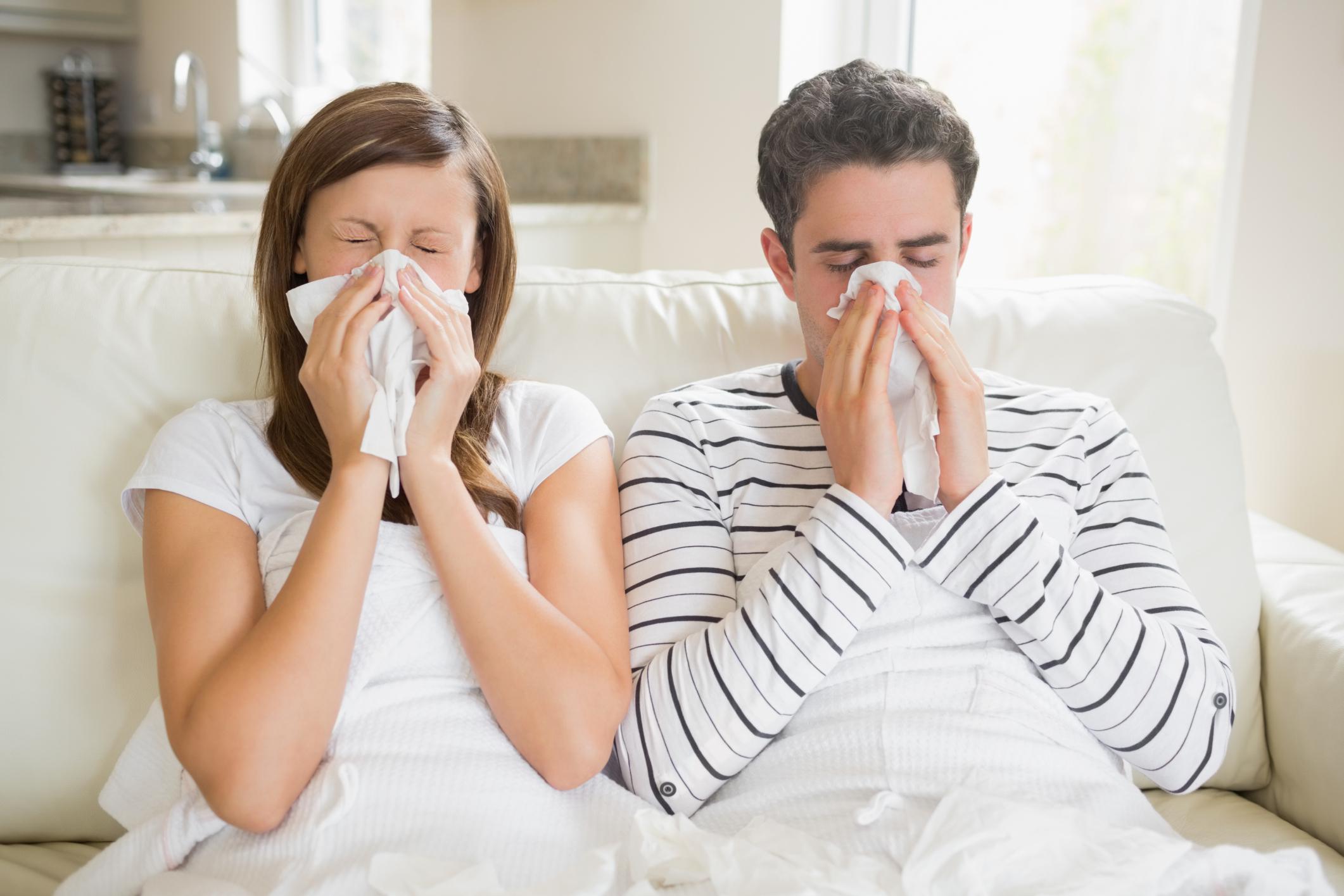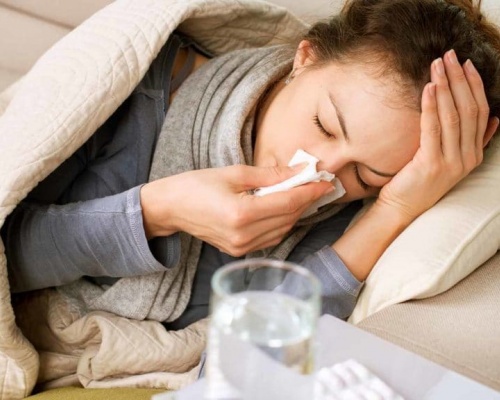Seasonal flu strains change from year to year, so improving disease prevention is essential for families.

Flu can occur at any time but are more common in the winter months. The typical adults experience an average of 2–3 flu every year, while children tend to get more. The illness can range from mild to severe. In severe cases, it can lead to death. Especially for people like the elderly, young children, and people with certain health conditions, there is a higher risk of serious flu complications. There are two main types of influenza (flu) viruses: Types A and B. Influenza A and B viruses that commonly spread among people (human influenza viruses) are responsible for seasonal flu outbreaks each year.
This article can help people feel better when they suspect the flu is coming. And it also provides information about flu and COVID-19, as the symptoms of a cold can be similar to these conditions.
Check out our community at: https://bit.ly/3o4KfsB
Symptom:

The signs and symptoms of the flu often come on suddenly. People with the flu often feel some or all of the following symptoms:
– Fever or feeling feverish/chills
– Cough
– Sore throat
– Runny or stuffy nose
– Muscle or body aches
– Headache
– Fatigue
– Some people may experience vomiting and diarrhea, although this is more common in children than adults.
*Note: It is important to note that not everyone with the flu will develop a fever.
Mode of infection:
The flu is spread mainly by tiny droplets produced when someone with the flu coughs, sneezes, or talks. These droplets can land in the mouths or noses of people nearby. Less often, a person can get the flu by touching a surface or object that has the flu virus on it and then touching their mouth, nose, or eyes.
Most people with the illness will recover in a few days to less than two weeks. But some people will develop emotional complications such as pneumonia that can be life-threatening and lead to death.

The tips and resources below will help you get information to create good habits, which you can take to protect yourself and others from flu and help stop the spread of germs.
1 – Avoid close contact.
Avoid close contact with people who are sick. When you are sick, keep your distance from others to protect them from getting sick too.
2 – Stay home when you are sick.
If possible, stay home from work, school, and errands when you are sick. This will help prevent spreading your illness to others.
3 – Cover your mouth and nose.
Cover your mouth and nose with a tissue when coughing or sneezing. It may prevent those around you from getting sick. Flu viruses spread mainly by droplets made when people with flu cough, sneeze or talk.
4 – Handwashing
Yeah…Handwashing is the most crucial thing to prevent the flu. The most important way to prevent flu and cold is by washing your hand frequently.
Tips on handwashing clearly are using alcohol-based hand sanitizers. Soap and water are not available, use an alcohol-based hand rub. Rubbing the hands with warm soapy water for at least 20 seconds helps to slough germs off the skin. It is necessary to wash hands with soaps or sanitizers. This helps kill pathogenic bacteria.

5 – Avoid touching your eyes, nose or mouth.
Germs can be spread when a person touches something that is contaminated with germs and then touches his or her eyes, nose, or mouth. These are direct entry points for germs and respiratory droplets to travel rapidly. According to research, most adults touch their face around 16 times per day, and children do a lot more often. This increases the spread of germs. A few other bad habits like eating with your hands or picking at your lips or teeth. And don’t shake hands with people if you’re sick.
6 – Practice other good health habits.
Clean and disinfect frequently touched surfaces at home, work or school, especially when someone is ill. Get plenty of sleep, be physically active, manage your stress, drink plenty of fluids, and eat nutritious food.
7 – Get the Flu shot
It is important to be vaccinated every year. “The flu vaccine is your first line of defense and will reduce the likelihood that you get the flu by 70 to 90 percent,” Dr. Peterson says. You can get it as early as end of August in some health centers—and the sooner you protect yourself the better.
Source: cdc.gov

